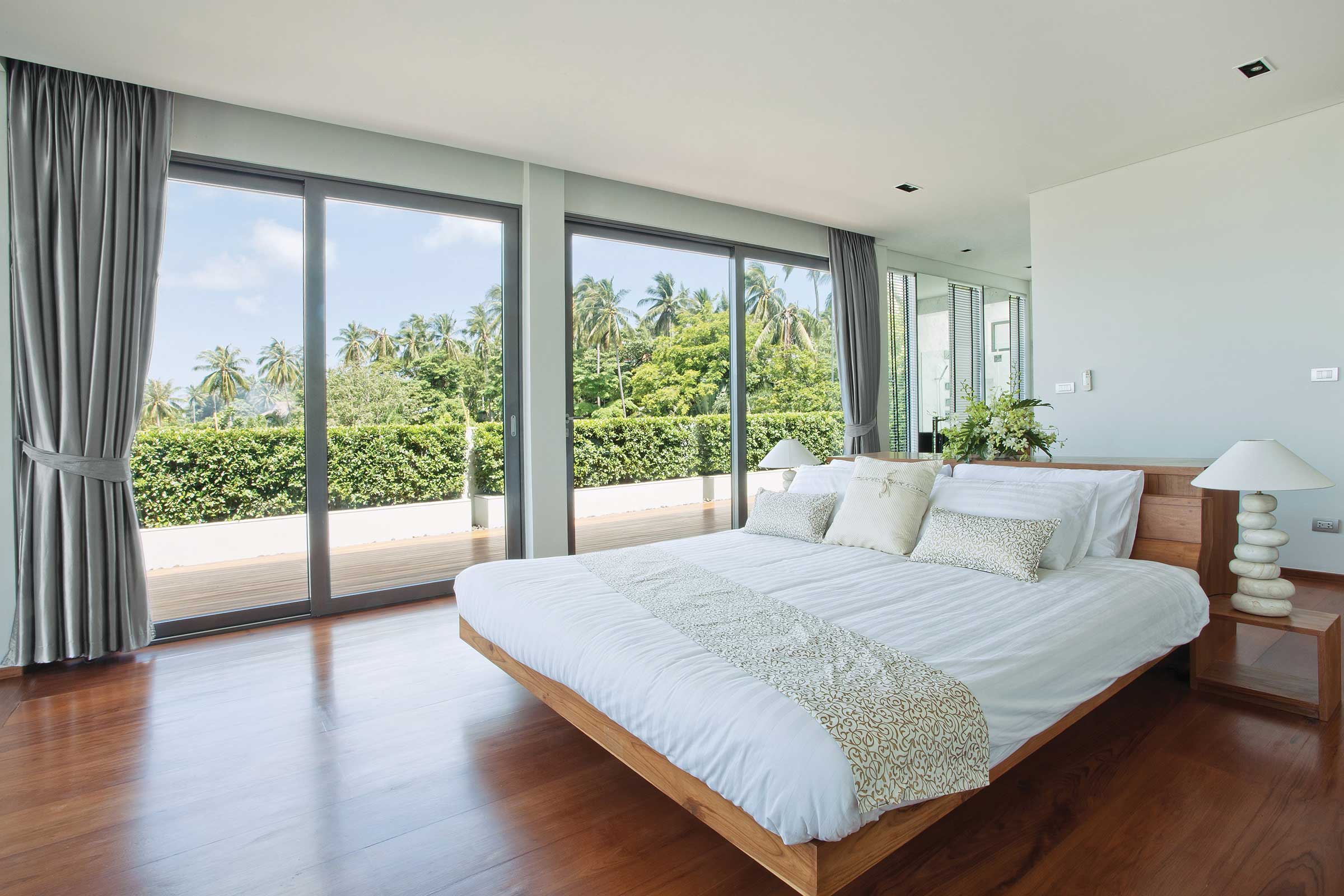
On doors in your home, it helps to know what the standard door sizes are. The words common and standard will be used interchangeably. It basically means that manufacturers use these sizes throughout the day. The sizes listed above are standard. Standard means it is not custom-made. For more information visit: ESWDA
Stock doors are available "out of the box". It just means that you can walk out of the supplier's store with that door in hand because they have it in stock. Of course, door sizes and styles will be limited as they exist inside a warehouse. The stock sizes that any particular vendor may have will vary by region and vendor. Every market is a little different.
In our market, the stock sizes are:
- Through doors: 1-6, 2-0, 2-4, 2-6, 2-8 and 3-0.
- Folding doors: 4-0, 5-0, and 6-0.
Measurement jargon
There are several different ways to view and hear door measurements. The list below shows the various measurements written for an interior door that is 2'-6 "wide and 6'-8" high with a right hand:
- 2-6 by 6-8. I will use this at all times because it is easier for me to read.
- 2'-6 "x 6'-8". Technically the most correct.
- 2668 RH. Written this way on most door appointments.
- RH or LH. It means right hand or left hand (see below for a nifty trick to determine by hand)
- 32 "x 80" x 1-3 / 8 ". This is written on the package or sticker at home improvement stores only, addressed to the owner. The 1-3 / 8" indicates an interior door.
- Verbally, the doors are called 'two six by six eight' or just by inches, depending on who is speaking.
Rough openings
First, this is really a decision for your builder or other construction professional to make. Variables are affecting this choice, and mistakes in this regard could be costly. Having said that, I'll just give a quick overview of common practice.
The rough openings are the size of the opening made during the framing of each door unit. They are larger than the unit itself to allow for the jamb, shims, installation, and flooring.
Generally, add 2 "to the width and 2-1 / 2" to the height of the door.
Folding, bypass, and pocket doors require unique openings and/or hardware. For your builder to decide.
Custom sizes
- Custom sizes, when ordered through a manufacturer, are accomplished by trimming a standard size door. This means that the stud (the flat panel along the edge) will taper. Sometimes a standard size hole (hole) will not fit the narrowest stud. Pay attention here if you choose a custom size.
- Custom sizes cost more than standard ones.
- Custom doors can also be made in a factory. A grinding shop can make any door, any size, and any shape you want.
Hopefully, this gives you a helpful overview of what to look for in standard door sizes.
评论
发表评论